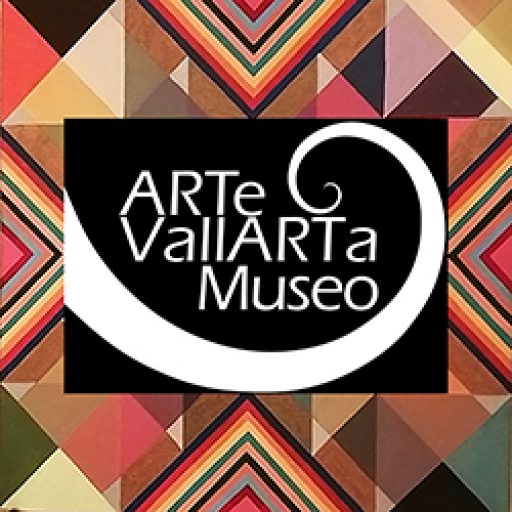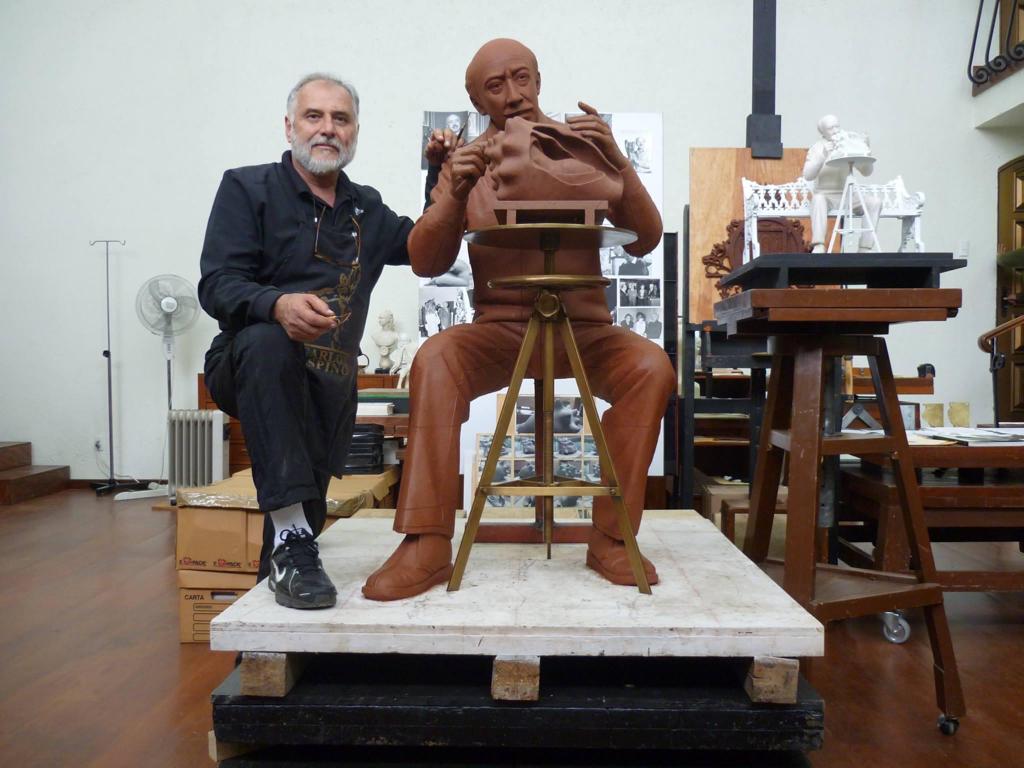


Mexican sculptor, born on May 3, 1953. Carlos Espino is part of an Italian family of painters and sculptors. The Italian paternal grandfather named Carlos Espino Centurión, settled in Veracruz, Mexico and then Mexico City. The only one of his 10 brothers and sisters who devoted himself to sculpture full time. The artistic vocation marked his life since from the age of three he already tried to represent all kinds of objects with breadcrumbs.
In high school, he began his modeling practice at the Cristóbal Colón de la Villa school where he discovered his vocation, supported by Lasallian teachers. In high school, he took modeling courses with Professor Cantú from 1969 – 1971, from where he graduated with deep artistic conviction to enter the National School of Plastic Arts (ENAP) “San Carlos” in Mexico City in 1972.
ENAP calls a contest in 1974, in which it obtains the 1st. place.
Encouraged by these achievements, and in an incessant search for knowledge of the culture of the Mediterranean, he traveled to Italy, Paris, Greece and Morocco, between the years 1974 – 1975. From there he observed customs, architectural forms, as well as the use of shape and color in the various manifestations of the plastic arts. Carlos Espino’s work gets exposure in Mexico, thanks to a traveling exhibition in the southeast part of the country, organized by the INBA that year.
At the end of that year, he collaborated with Architect José Luis Ezquerra (director of “Las Hadas”), in the decoration of sculptural exteriors for the residence “Villa Coral”, in Manzanillo, Colima. From 1980, and to date, Carlos Espino has left a mark on national history through his sculptures, many monumental in size, either as individual figures, equestrian statues or as groups, placed in the main squares, important avenues around Mexico and some outside the country.
In 1981, he made the eagle for the monument to the Independence of the city of San Juan del Río, Querétaro, commissioned by the then municipal president, Jorge Herbert Pérez.
His approach was always more classical, academic and figurative, with the use of the living model, not inspired by modernist, avant-garde or abstract trends, but inspired by canons bequeathed from the Greeks and Romans. His main passion was mythology, especially the Greco-Roman, which nurtured and inspired his work. According to personal comments made by the artist, he numbered his works at more than a thousand sculptures.
One of his favorite works was “The Triumph of Poseidon” located in the central courtyard of the Secretariat of the Navy, commissioned by the Secretary of the Navy, Admiral Luis Carlos Ruano Angulo during the six-year term of the former Mexican President, Lic. Carlos Salinas de Gortari.
In 1989 he made the monumental sculpture of Felipe Ángeles, his first work located in Zacatecas (Cerro de La Bufa) with Pancho Villa and Pánfilo Natera. In the same esplanade that is visited by thousands of tourists every year, in 2014 he unveiled “Allegory of the Taking of Zacatecas”.
The four-meter-high effigy of Fray Antonio Margil de Jesús, commissioned by the municipality of Guadalupe in 2018, was his last work located in Zacatecas territory.
Carlos Espino passed away on March 26, 2019, in Mexico City.
